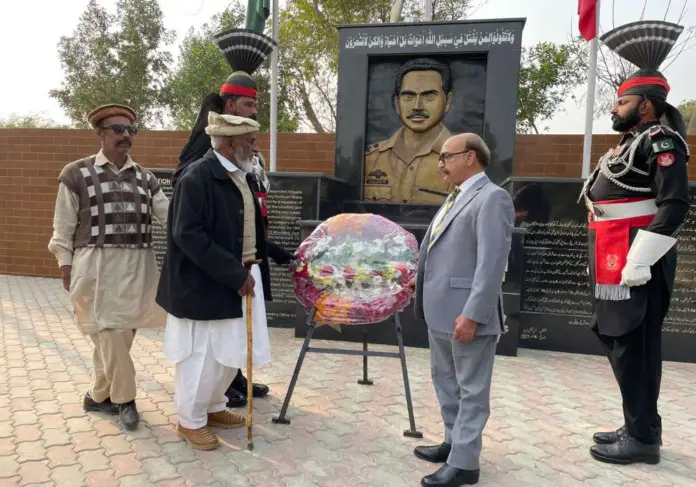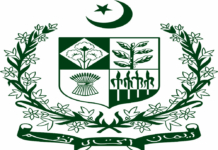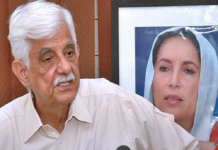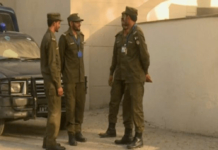Pakistan paid homage to Major Shabbir Sharif on the 50th anniversary of his martyrdom in the 1971 war. War veterans visited the monument of martyr Major Shabbir Sharif, the elder brother of General Raheel Sharif – former chief of army staff – and narrated stories of the war.
Major Shehreyar Ameerzada (R), Subedar Jaffar Khan (R), Havildar Muhammad Aslam (R) prayed at the monument built at Head Sulemanki in remembrance of Major Shabbir Sharif, who fought furiously in the war of 1971 and killed forty-three Indian soldiers.
Sharif was born on April 28, 1943, in District Gujrat. At the time of 1971 war, Sharif was company commander, 6th Frontier Force Regiment. Sharif was ordered to capture the elevated grounds near the headworks of Sulemanki.
Sharif captured the area and also destroyed the enemy’s four tanks. On December 6, 1971, Sharif was directly hit by a tank shell at the area near the border and embraced martyrdom. He was awarded Nishan-e-Haider, which is the highest award in the country.
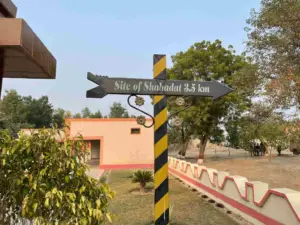
The veterans who fought with Sharif told how much courage he displayed at that time and how even the Indian officers praised his war tactics.
While speaking to the media, Major Shehreyar Ameerzada (R) said, “I was just 18 years old at that time. I vividly remember the war and how we defeated the enemy and did not let them enter our country.”
Subedar Jaffar Khan (R) said, “My son is the fourth generation in the army. My family has always fought for the country’s prestige. Even at this age, I will not think twice before fighting for my country.”
Havildar Muhammad Aslam (R), with teary eyes, said, “Sharif is an inspiration for the young soldiers. He is the role model for countless soldiers all over the world.”
The veterans were talking to a group of journalists who were on a visit to the monument near Head Sulemanki. The headworks are located east of Okara near the Indian border on the Sutlej River in the Punjab province. They are about a mile away from the Indian side.
The main purpose of these headworks is to control the water for irrigation and flood control.
A large area in the district of Bahawalnagar and southern Punjab gets its water for irrigation from these headworks. A total of three canals originate from Sulemanki.
The headworks were completed in 1922-1927. The project was funded by the Nawab of Bahawalpur, Amir Sadiq Mohammed Khan V, and the British Government for the Sutlej Valley project.
Sulemanki also provides a huge defensive landmark against any intrusion by India.
A large number of people gathered at the parade ceremony at the border. Around Sulemanki, there are almost 200-300 civilian homes, the residents of which come to see the parade daily.
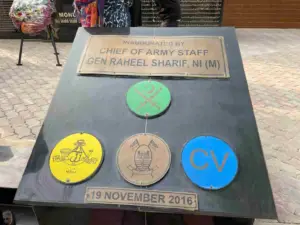
In response to a question about the war, an officer said that Bangladesh was a brotherly country. “We can never forget what happened in 1971. We fought with India on different fronts. Now we are more than ready and can give a hard time to all of our enemies,” he said.
During the visit, journalists saw the zero line and visited the CV officer’s mess which was built by the British before the partition. The officer gave a briefing on the war of 1971 and showed the area around the border where the Pakistani army stood its ground in 1971.
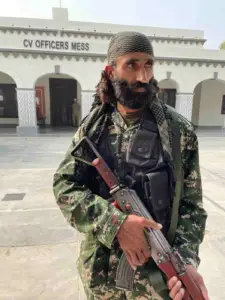
Pictures by Kiran Butt




